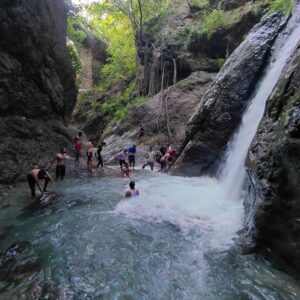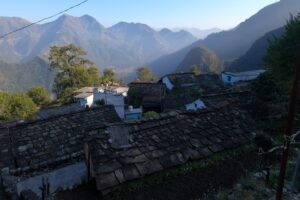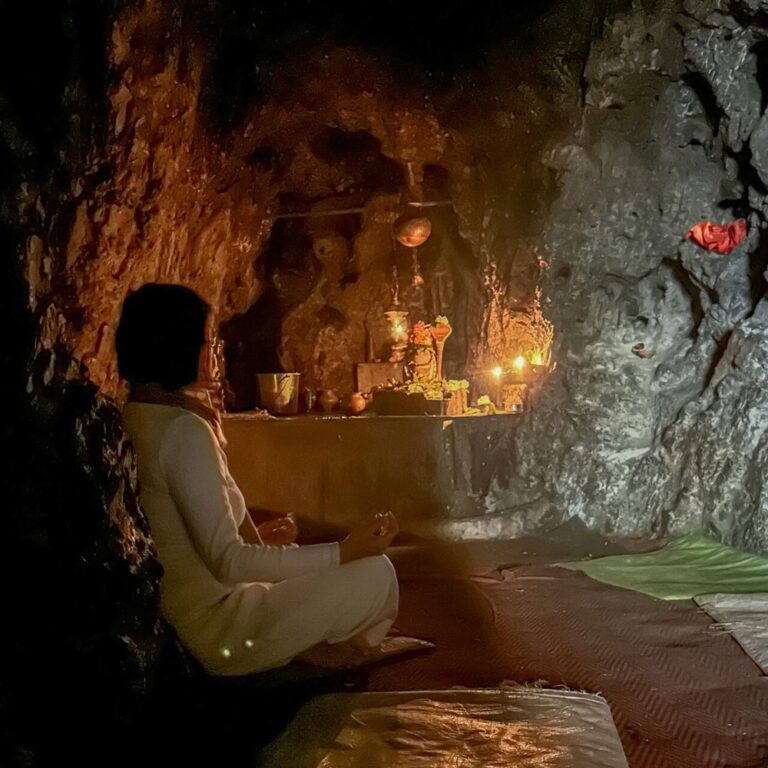World’s Largest Jungle Safari Park in India
India is set to make history with the development of the world’s largest jungle safari park in India the majestic Aravalli range. Haryana, a state known for its progressive outlook and commitment to development, is spearheading this ambitious project that promises to redefine the landscape of wildlife tourism in the country.
Aravalli Safari Park
Spanning an impressive 10,000 acres across Gurugram and Nuh districts. This groundbreaking initiative is not merely about creating a tourist attraction but about fostering a harmonious coexistence between humans and nature. the Aravalli Safari Park Project is ready to become a beacon of sustainable environmental conservation.
The idea of World’s Largest Jungle Safari Park in India is not new, but its scale and scope are unprecedented. Drawing inspiration from successful safari parks around the world, particularly the famous Sharjah Safari, Haryana aims to surpass all expectations and create a world-class destination that rivals the best in Africa.
At the heart of this endeavor lies a commitment to biodiversity conservation and community development. By harnessing the natural beauty of the Aravalli region and transforming it into a haven for wildlife, the project seeks to protect endangered species and preserve vital ecosystems for future generations.
Features
The proposed features of the Aravalli park are nothing short of awe-inspiring. From a sprawling, showcasing reptiles and amphibians to expansive aviaries housing exotic bird species, every aspect of the park is designed to immerse visitors in the wonders of the natural world. Four dedicated zones for big cats, vast herbivore areas, and an underwater world add to the park’s allure, promising unforgettable encounters with wildlife.
What says activists?
The activists are expressing concern about the proposed artificial park in the Aravalli region, highlighting several key points:
- Incompatibility with Nature: They question the rationale behind establishing a zoo safari with cages and enclosures in a natural wildlife habitat like the Aravallis, which already boasts a rich native fauna. This suggests that the project could disrupt the existing ecosystem and may not align with conservation efforts.
- Unsuitable Habitat for Certain Species: The park aims to house cheetahs and other exotic animals and birds not native to the Aravallis. The activists raise concerns about the feasibility and ethical implications of relocating these species. They emphasize the need for extensive ecological research to assess whether introducing such species would be viable. Especially in an area primarily inhabited by leopards.
- Non-Site-Specific Nature: The activists argue that the project is “non-site-specific,” meaning it could be developed in alternative locations where it would have less impact on the environment. This suggests that there are other areas more suitable for such a project. This is how we can minimize potential damage to ecosystems like the Aravallis.
Overall, the activists advocate for a more environmentally conscious approach to the development of the park. We need to address the ecological implications and exploring alternatives to minimize harm to the natural habitat.
Moreover, World’s Largest Jungle Safari Park in India emphasize on education and conservation awareness is commendable. By offering nature trails, botanical gardens, and interactive exhibits, it aims to instill a sense of responsibility towards the environment among visitors, fostering a new generation of conservationists.
ASI Role
In addition to the World’s Largest Jungle Safari Park in India. The project also encompasses the construction of the Rakhigarhi Museum, a testament to India’s rich cultural heritage. Collaborating with the Archaeological Survey of India, the museum will showcase the ancient wonders of Rakhigarhi. It will be providing insights into the country’s glorious past.
As the design for both projects takes shape and construction progresses. The excitement surrounding the world’s largest jungle safari park in India continues to grow. With its promise of unparalleled wildlife experiences, sustainable development, and community empowerment. It heralds a new era in India’s conservation efforts and sets a benchmark for the world to follow.
Conclusion
In the vast expanse of the Aravalli range, where the call of the wild echoes through the dense foliage. A new chapter in India’s conservation journey is unfolding. The world watches with bated breath as Haryana paves the way for a future where man and nature thrive in perfect harmony.










